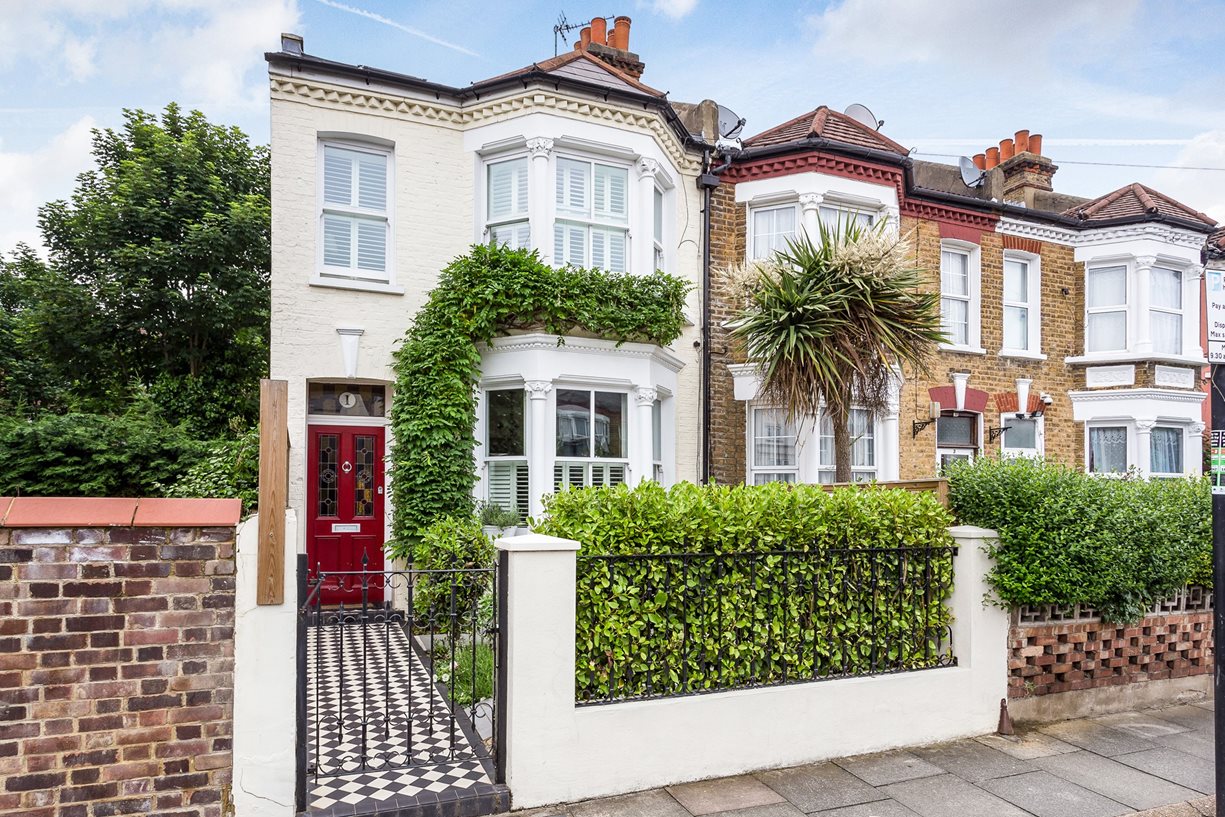
The Ultimate Guide To An HMO Property
What is an HMO?
A house in multiple occupations (HMO), is a property rented out by at least three people who are not from one household, for example, a family. However, they share facilities like the bathroom and kitchen. They’re known as house shares.
However, many types of accommodation could be an HMO. These may include:
- Hostels
- Lodgings
- Shared houses
- Refuges
- Private halls of residence
- Blocks of converted flats
- Employee accommodation
- Building containing numerous bedsits with shared facilities
- Buildings containing flats with their own facilities, but are not self-contained
Design –
In HMOs, the bathrooms, kitchen, stairs, gardens and landings are designated as common areas shared by all tenants. In addition, the house may be divided up into self-contained flats, bed-sitting rooms or simple lodgings.
What determines whether the property is an HMO or not?
Properties must have these four common features before being classified as an HMO:
- Occupants are not forming a single household
- Occupants must be using the property as their main residence
- Used for residential purposes
- One of the occupants must be paying rent
Households are regarded as family members living together or single people living alone.
HMO Licences –
HMOs require a licence from the local council in the area the property is located, which is valid for five years. For instance, the general rule is that any property with five or more people from two or more separate households that share facilities requires a licence. Although this depends on the council, some smaller properties with fewer tenants can also require a licence.
The standard HMO licence fee is £1,100, split into two payments. For larger HMOs with more than ten units of accommodation, the fee increases by an extra £50 for each additional unit of accommodation.
The pros and cons of renting an HMO by room
Pros
- Usually more profitable as you can charge a higher rent per room
- Can let the room on a licence (this makes things easier if you need to evict a tenant)
- You cannot be excluded from the common parts. Only individual rooms
- If one tenant leaves, you are losing less rent than if a whole group moves out
Cons
- So, you will be responsible for paying and managing bills
- Tenants do not know each other which may result in mismatch of personalities and potentially cause issues
- A tenant is only responsible for their room, not the common parts. In addition, this means if there is any damage it may be difficult to prove who caused it
Are HMOs profitable?
HMOs can be very profitable because you can charge rent per room that totals more than if you let the property to one household. For example, you could rent a 3-bed property for £1000 per month to a family, or 3 rooms for £400 each giving a total of £1200.






